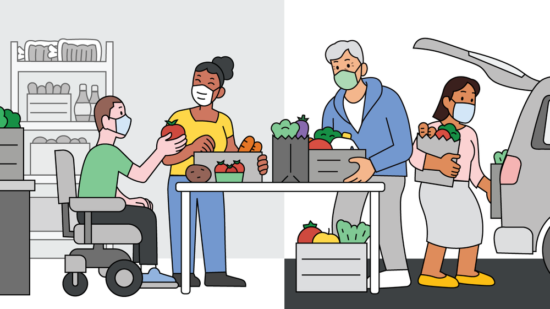Google has launched a new initiative to expand the information about food banks and pantries in Search results and Maps. The company is adding existing coverage with data from two initial nonprofit partners: WhyHunger and Hunger Free America, and has added information to make sure people searching for food support can find what they need. These changes are being made directly in Google Maps so food banks, food pantries and soup kitchens can focus on what matters most — getting people food.
Google has noticed from search trends that searches for food banks and pantries spike especially in November.
Some food banks and pantries don’t yet have websites or phone numbers available on Google. So over the last two months, the company says its worked to update this information in Search and Maps, making 85,000 plus calls to verify local food banks and pantries. These efforts will continue through the holidays.
Google has also developed new Google Business Profile features specifically for food banks, pantries and soup kitchens. They can now provide details on their profile, like whether an appointment is needed, if there are eligibility requirements to receive food and what languages are spoken. They can also add information about their services, like whether prepared meals are available or if grocery delivery is an option. Additionally, pantries can specify whether they’re accepting new volunteers or soliciting food or monetary donations.
Beyond working with food pantries, Google is now helping people use Search to find out how to get and use food assistance benefits.
Federal programs like the Supplemental Nutrition and Assistance Program (SNAP) feed more than 40 million Americans each year. Google says it heard from users that information about these programs is often hard to find, especially for people who are using them for the first time. Today, if you search on Google for “SNAP benefits,” or the name of your local SNAP program, you’ll find direct links to each state’s eligibility guidelines and application process, including contact information for local food assistance agencies.
Once approved, many people use Electronic Benefits Transfer cards (also known as EBT) to pay for their groceries. Now, if you search for “grocery stores that accept EBT” you can easily find USDA-approved stores that accept this form of payment — saving time and potential confusion.



